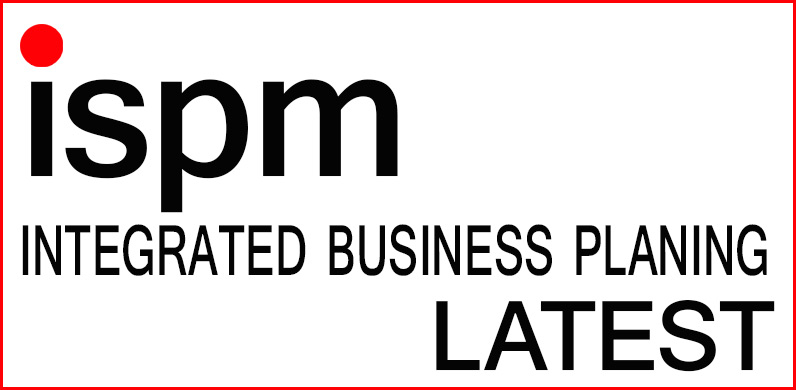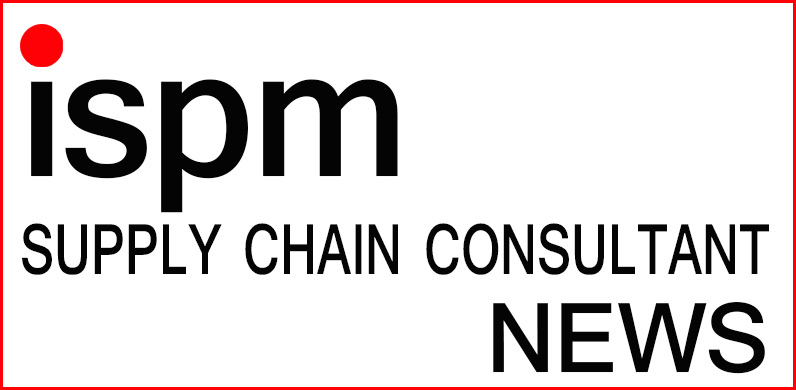 In this Blog post I explore and relate my experiences of why Integrated Business Planning (IBP) frequently fails to deliver the promised outcomes, becomes non-sustainable and disappears from the agenda. To me the secret is; IBP – keeping it relevant
In this Blog post I explore and relate my experiences of why Integrated Business Planning (IBP) frequently fails to deliver the promised outcomes, becomes non-sustainable and disappears from the agenda. To me the secret is; IBP – keeping it relevant
On a number of occasions, I’ve heard; “we tried IBP (or S&OP) and after 12 to 18 months we just gave up” When questioned why I get a whole list of one-line replies such as inventory levels went up, we missed so many orders, our customers / suppliers are so unreliable and our IBP process is no longer relevant.
So why does this great process so often become side-lined, what are the main points of reference companies miss that causes frustration and ultimately a shift backwards in business behaviours?
My experiences on keeping the IBP process relevant and up to date are summarised as follows;
- Process has become stale;
Like any business process, IBP has to be fit for purpose, it should be a true reflection of the business itself and it needs to be reviewed ideally by an external person at least twice a year. If the IBP process is no longer relevant to senior leaders, functional leadership or is measuring the wrong things then the whole IBP process will fade away as people get bored having to check the numbers or hide away from the facts.
- Supply Plan Reliability
Supply planning is probably the hardest part in the IBP process; manufacturing plants will break down; shipments do get sent with the wrong paperwork or planning calculations are based on the theoretical number and not demonstrated capability.
- Separate Financials
If there was one major shift when S&OP transitioned to IBP it was the integration of Finance to the planning process. Those organisations who have embraced this and even have the process owned by the Finance Leadership are the ones who I have seen get the most from it. Without it the single set of numbers or one version of the truth is lost which leads to confusion and poor strategic decision making.
- Scenario planning is overlooked
The real power of IBP is the ‘what if’ scenario collaborative planning piece. The process should seek these scenario’s look at the options, risks and mitigations then set out to align and agree on the actions
In conclusion, the keys to IBP – making it relevant are; have a process that fits the business not a process that’s a slave to a process formula, regular review of the process and fully integrate the finance team into each step.

